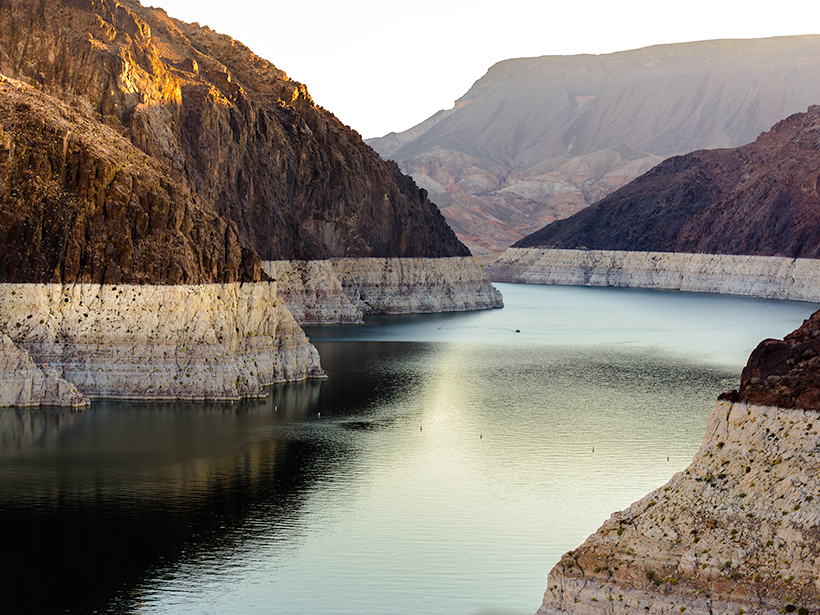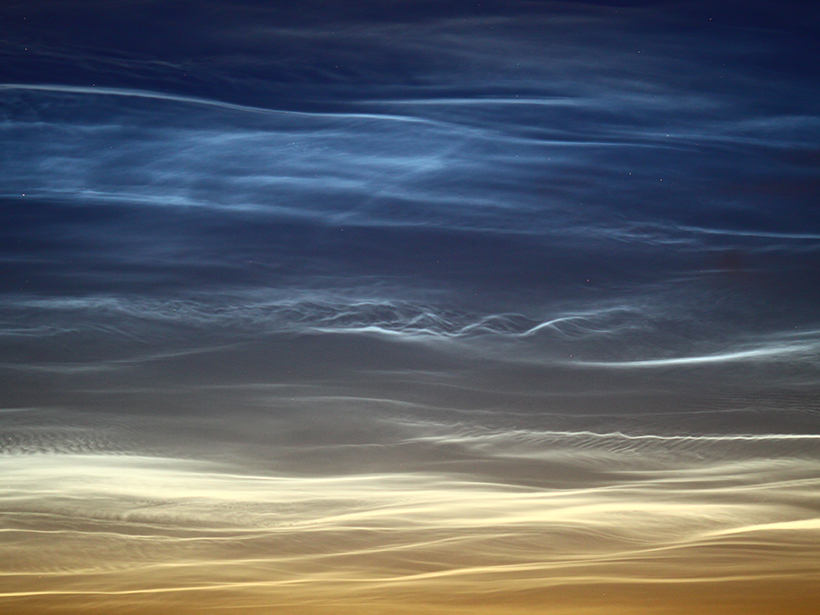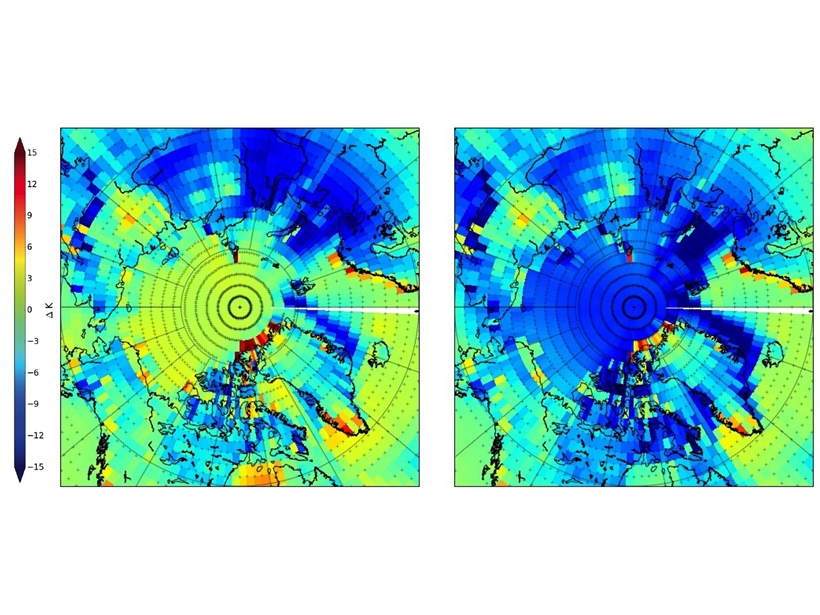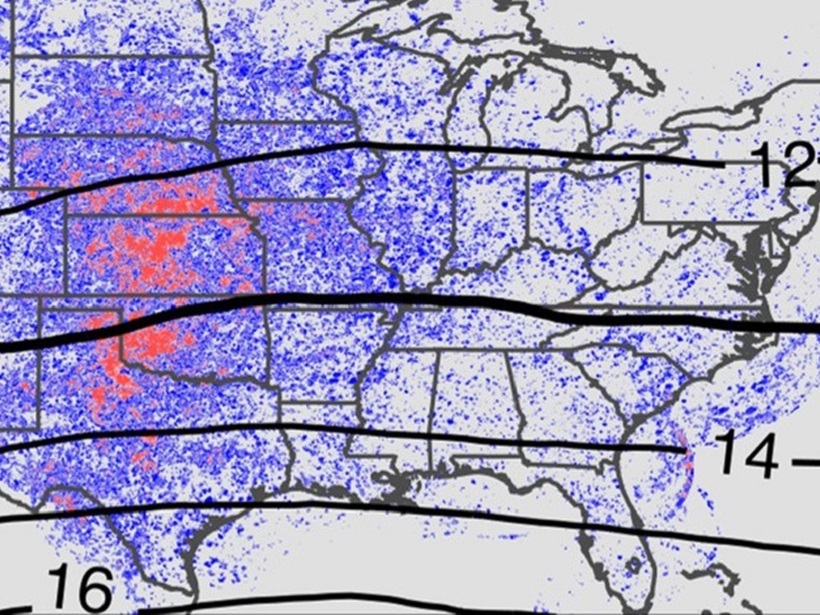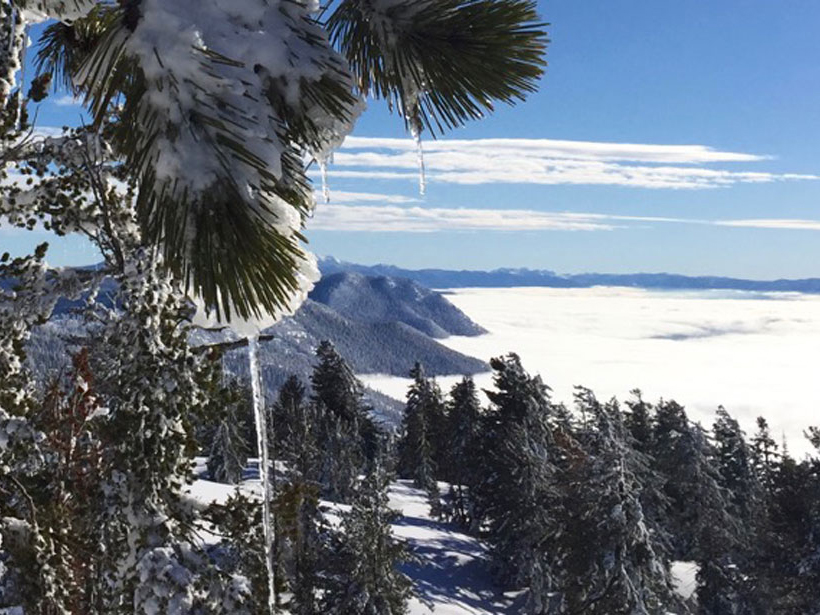An analysis of historical modeling outputs is improving our understanding of the relationships between different types of seasonal forecasting skills.
Journal of Geophysical Research: Atmospheres
Exploring a More Dynamic Arctic Icescape
A joint special issue presents new findings from a field campaign in the Arctic Ocean which highlights key processes that need to be taken into account to predict the future of the Arctic ice pack.
Toward More Realistic Modeling of the Mesosphere
New study reveals complex behavior of gravity waves in the atmosphere.
Improving Tropical Cyclone Predictions in the Gulf of Mexico
The National Oceanic and Atmospheric Administration’s newest High Resolution Atmospheric Model captures the influence of intraseasonal oscillations on tropical cyclone activity.
Diagnosing the Warm Bias in the Central United States
A set of four papers published in JGR: Atmospheres present results from a project investigating why models predict warmer surface temperatures than are observed in the central United States.
Spectral Surface Emissivity Improves Arctic Climate Simulation
Improving the representation of surface emissivity in the Community Earth System Model reduces its Arctic winter cold bias from 7 to 1 Kelvin degree.
What Causes Flash Floods in the Middle East?
Researchers zero in on the large-scale meteorological processes driving extreme precipitation events in the hot, arid desert region.
Continental Convection Reaches New Highs
Ten years of high-resolution gridded NEXRAD radar data provide a new data set to quantify tropopause-overshooting convection over the continental United States.
New Estimates of Ozone Transport in Extratropical Cyclones
Cross-tropopause ozone transport in midlatitude cyclones, coincident with dry air intrusions, is derived from satellite and reanalysis data organized in cyclone-centric coordinates.
How Does Snow Affect the Intensity of Mountain Precipitation?
A new investigation into the sensitivity of extreme precipitation in a changing climate indicates that more winter rainfall and protracted snowmelt may require local adaptations to winter flooding impacts.

